Keep Clam and Culture On: Raising Mercenaria mercenaria, the Hard Clam
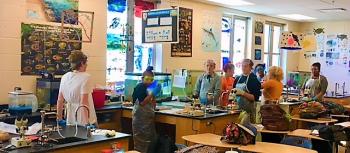
- School:
- DeLand High School
- Subject:
- Stem
- Teacher:
- Daniel Luby
- Students Impacted:
- 160
- Grade:
- 9-12
- Date:
- September 14, 2023
Investor
Thank you to the following investor for funding this grant.
Anonymous Family Foundation - $1,000.00
Original Grant Overview
Goal
The project goal is to create a working molluscan shellfish aquaculture lab, with a focus on the Hard Clam. The students will design and build the system from the ground up, to house industry-sourced clam seed. The project ultimately seeks to model broodstock production, wherein the students manage an aquaculture hatchery and nursery.
What will be done with my students
Students will create the system utilizing best management practices as stipulated by the Florida DACS Division of Aquaculture. They will research the necessary steps for constructing a viable Recirculating Aquaculture System (RAS), and participate in a multi-stage build which includes a breeding tank as well as a nursery. Once built, the course will develop around the maintenance of the cultured species.
STANDARDS ADDRESSED (a non-comprehensive list):
22.0 Complete the propagation and culture of an aquaculture organism.
22.01 Identify and describe the methods of reproducing aquaculture organisms.
22.02 Identify and describe the hatchery facilities used in aquaculture.
22.03 Select a method of producing seed for a selected species.
22.04 List and explain the process for hatching eggs in four aquaculture organisms.
22.05 Determine the types and sizes of feeds to grow different life stages of aquaculture organisms.
22.06 Discuss the proper methods for harvesting, grading and transporting seed, fry and juvenile aquaculture organisms.
26.0 Produce an aquaculture species in one or more of the following: pond, cage, tank, raceway, net pen – the student will be able to:
26.01 Identify the types of growing systems and important factors in their selection, design and use.
26.02 Determine economic factors to consider in choosing a system for commercial production.
26.03 Identify and describe facility construction and site requirements.
26.04 Select species for a specific culture facility.
26.05 Determine feeding methods and calculate feeding rates for an aquaculture organism.
26.06 Assist in managing water quality in one or more production systems.
26.07 Maintain and perform repairs on aquaculture machinery, equipment, and facilities.
Benefits to my students
According to the University of Florida Online Shellfish Research Guide, Forida is #4 in the nation in molluscan shellfish production. From 1998-2013, molluscan shellfish production increased by 368% and is continuing to expand. For students unfamiliar with such a growth industry, this project would be a possible bridge to a career with much room for growth. Additionally, the practice of aquaculture reinforces a multitude of scientific principles including (but not limited to) the fields of biology, ecology, chemistry, and physics.
Budget Narrative
The parts are requested for the minimum requirements to build a functional Recirculating Aquaculture System. Non-Hardware elements are requested for biological maintenance of the system.
Items
| # | Item | Cost |
|---|---|---|
| 1 | 3 x 40 gallon plastic totes | $60.00 |
| 2 | 2 x Hole Saws | $25.00 |
| 3 | 4 x 5 gallon buckets | $15.00 |
| 4 | PVC pipe (various) | $40.00 |
| 5 | Plumber's Goop | $20.00 |
| 6 | 300-500 GPH Submersible Pump | $50.00 |
| 7 | PVC Hand Tools | $60.00 |
| 8 | 4 x Mechanical Filters | $300.00 |
| 9 | Water Conditionder | $20.00 |
| 10 | 2 x Bio Bags/Filter Media | $40.00 |
| 11 | 4 x Aquarium Heaters | $120.00 |
| 12 | Clam Seed | $150.00 |
| 13 | 3 x Water Quality Test Kits | $100.00 |
| Total: | $1,000.00 |
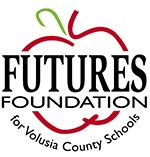
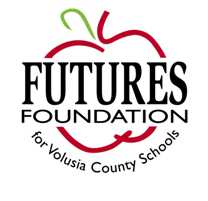
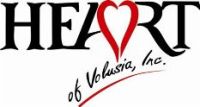


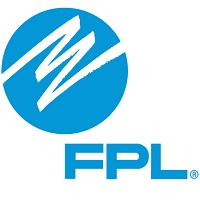





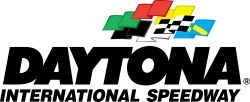



Share
Please share this page to help in fulfilling this grant.
Email to a Friend